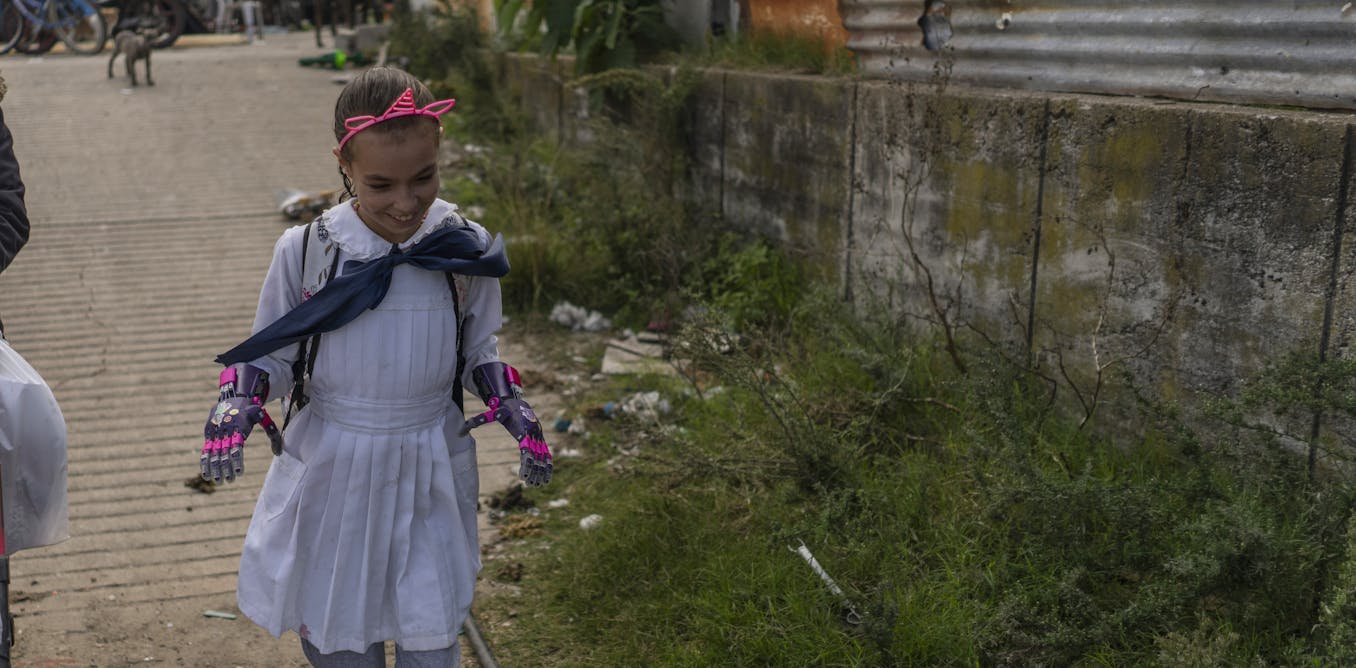A NURSE discovered she had cancer after getting lip filler.
Edita Jucaite, 36, had similar procedures before without any reaction but an injection last April immediately left her swollen with severe bruising.
5

5
The doctor who administered it – who was also a colleague – said she should contact her GP.
She had also been losing weight and just a few hours after the appointment where Edita had a blood test, the surgery called her.
They said she needed to go straight to hospital as they suspected she had leukaemia.
Further tests confirmed that Edita had chronic myeloid leukaemia (CML) – a type of cancer that affects the bone marrow and white blood cells.
She began having oral chemotherapy and is now in remission.
However, she will be on medication for life to help prevent the disease from returning.
Edita, from Banbury, Oxfordshire, said: “Not many people can say that lip fillers saved their life – but I can.
“If the bruising hadn’t happened and I hadn’t been encouraged to see the GP because of it then I may well have put it off again and again, which could have then meant the leukaemia may have progressed and been much harder to treat.
“I had no idea about the signs and symptoms of leukaemia.
“I was happy to be losing a bit of weight as I was about to go on holiday and I drank a lot of energy drinks which may have disguised my tiredness.
“There definitely needs to be more general awareness of leukaemia and what to look out for so more people can be diagnosed in time for treatment to be effective, like I was.”
Only 14 per cent of Brits are able to identify the four main symptoms of blood cancer, according to a new poll by Leukaemia Care and Leukaemia UK.
These are unusual bruising, unusual bleeding, fatigue, and repeated infections.
The organisations say this lack of awareness is contributing to more than a third of those with the condition finding out in A&E.
Around 10,000 people are diagnosed with leukaemia every year in the UK. Almost 5,000 lose their lives.
Annually, 37 per cent of those diagnosed with leukaemia receive this news in emergency settings – more than any other cancer type.
Everything you need to know about leukaemia
LEUKAEMIA is a type of cancer that starts in blood-forming tissue.
It leads to the overproduction of abnormal white blood cells – the part of the immune system which defends the body against infection.
Like many cancers, symptoms of leukaemia can be vague. However, common warning signs include:
- Weakness
- Tiredness
- Shortness of breath
- Light-headedness
- Palpitations
- Infections that are more frequent, severe or last longer
- Fever and sweats
- Malaise (generally feeling unwell)
- Purpura (small bruises on the skin)
- Heavy periods
- Nosebleeds
- Bleeding gums
Leukaemia can only be diagnosed through laboratory tests.
It can be grouped by the way the disease progresses (acute or chronic).
Acute means it progresses quickly and aggressively and usually requires immediate treatment, while chronic means it progresses more slowly and, in some cases, may not require immediate treatment.
The four most common types of leukaemia in adults are:
- Acute myeloid leukaemia (AML)
- Chronic lymphocytic leukaemia (CLL)
- Acute lymphoblastic leukaemia (ALL)
- Chronic myeloid leukaemia (CML)
Leukaemia is usually treated using one or more of the following: chemotherapy, radiotherapy, targeted therapy, biological therapy and stem cell transplant.
Around 10,000 people are diagnosed in the UK every year. About 5,000 die.
But surviving rates are improving, rising from 13 per cent in the 1970s to around 52 per cent today.
Source: Leukaemia Care and Leukaemia UK

5

5

5




